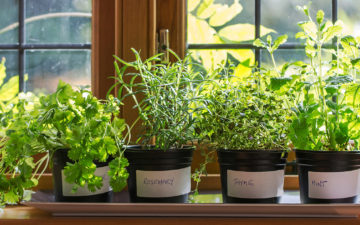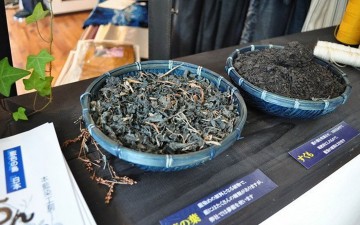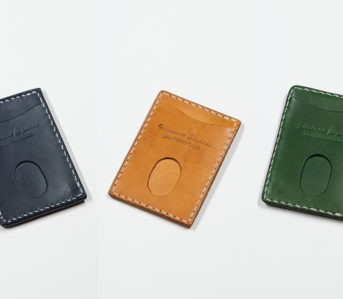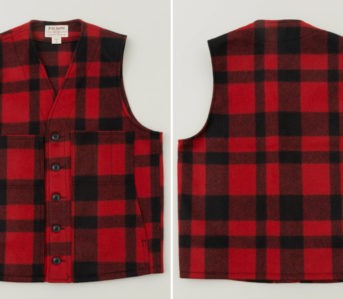When buying leather goods, you may encounter processing terms that leave you as glazed over as a pair of patent leather opera pumps. Some are super simple, some are more in-depth than they sound. Does leather lay out in the sun to catch a tan in the ‘tanning’ process? Does chrome-tanning putting a metallic sheen on top of an animal hide? Does fat-liquoring mean getting your new wallet drunk?
Some of these terms might be enigmatic to you now, but by the end of this short guide, we hope you’ll have a little more understanding of some of the processes involved in creating the leathers you might wear and carry daily.
Tanned / Tanning
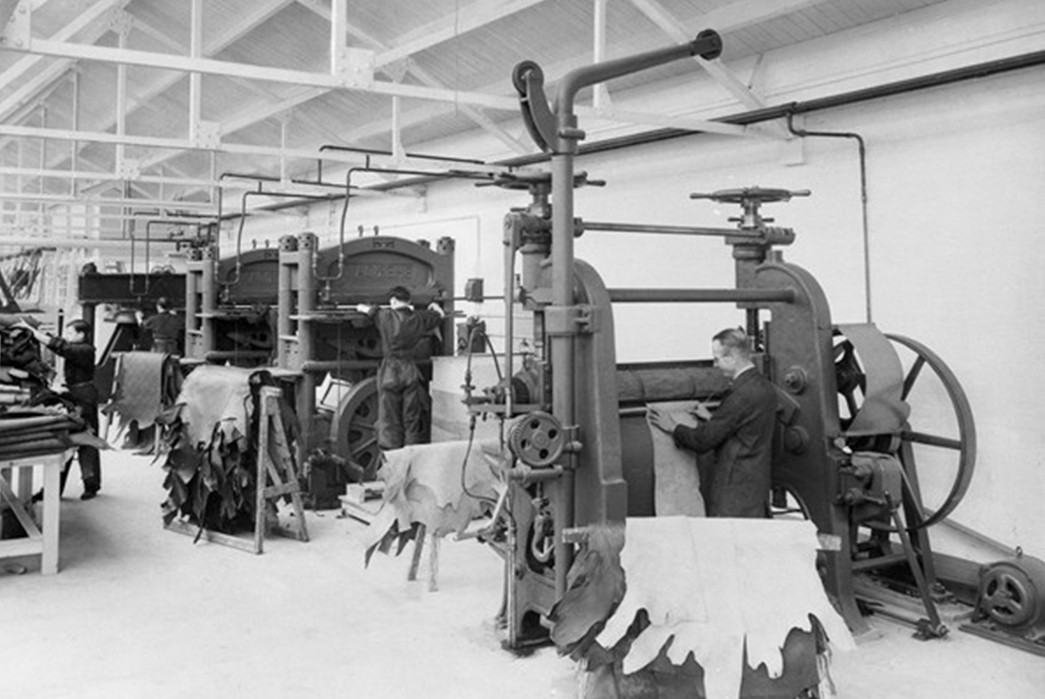
Image via Carryology
This necessary step in the leather-making process converts a rawhide, or skin fresh off the animal, into workable leather. Rawhide is prone to breaking down or rotting, and tanning stabilizes the skin into the everlasting form of leather that we know and love.
The tanning process usually includes further preparing the leather, with vegetable TANnins, synthetic dyes, etc. Proprietary processing techniques and solutions (fats, oils, waxes, other finishing agents) differ from tannery to tannery, but tanning is the all-encompassing term for taking a raw hide of leather and making it into something workable.
Vegetable-Tanned
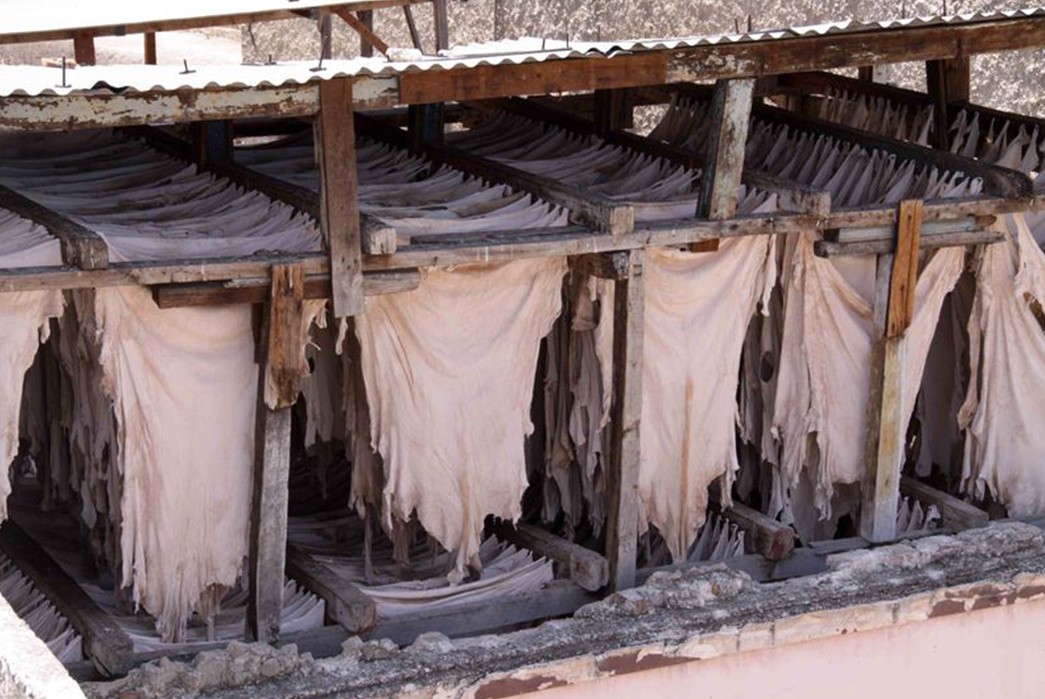
Image via The World Effect
This part of the tanning process takes tannins from plants and trees and introduces them into hides in order to keep the leather pliable. It might add a shade or two to the leather, but it’s primarily meant to remove water from the leather, so it won’t dry out.
Chrome-tanned
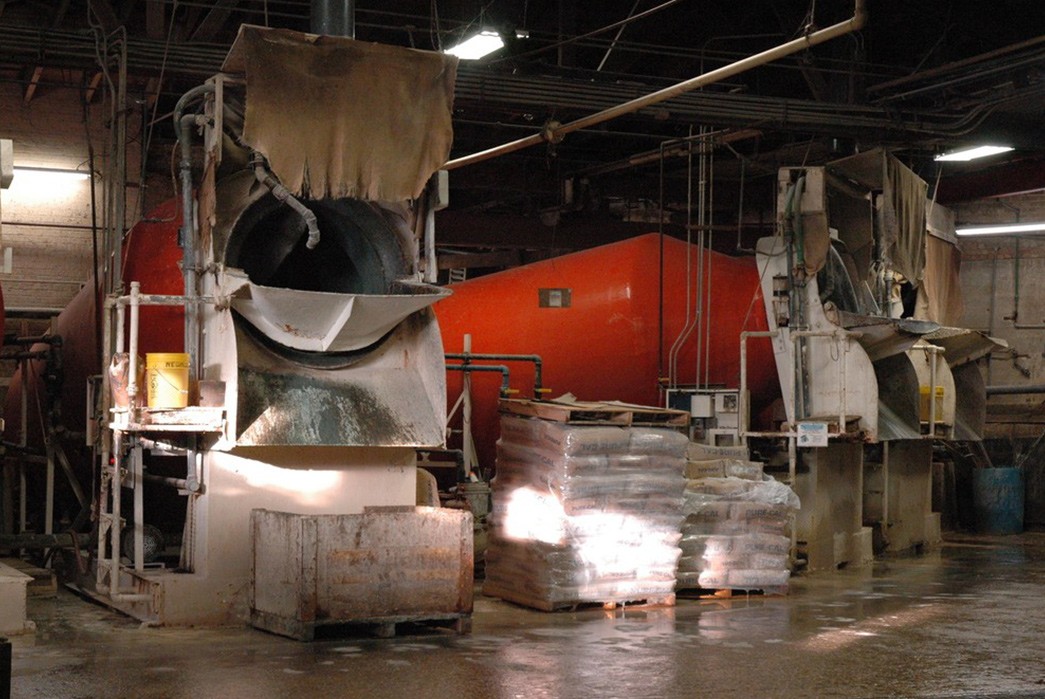
Image via Horween Leather
Chromium-tanning removes water from the hide similar to vegetable-tanning, but this time-saving technique employs chrome, a mineral solution that removes water. This is a far less natural and eco-friendly process than vegetable tanning, with chromium (metal), acids, and other chemicals used in the process. Most leather nowadays is chrome-tanned, Horween’s signature Chromexcel has its own proprietary processing techniques, but is indeed chrome-tanned.
Oiling/Fat-liquoring
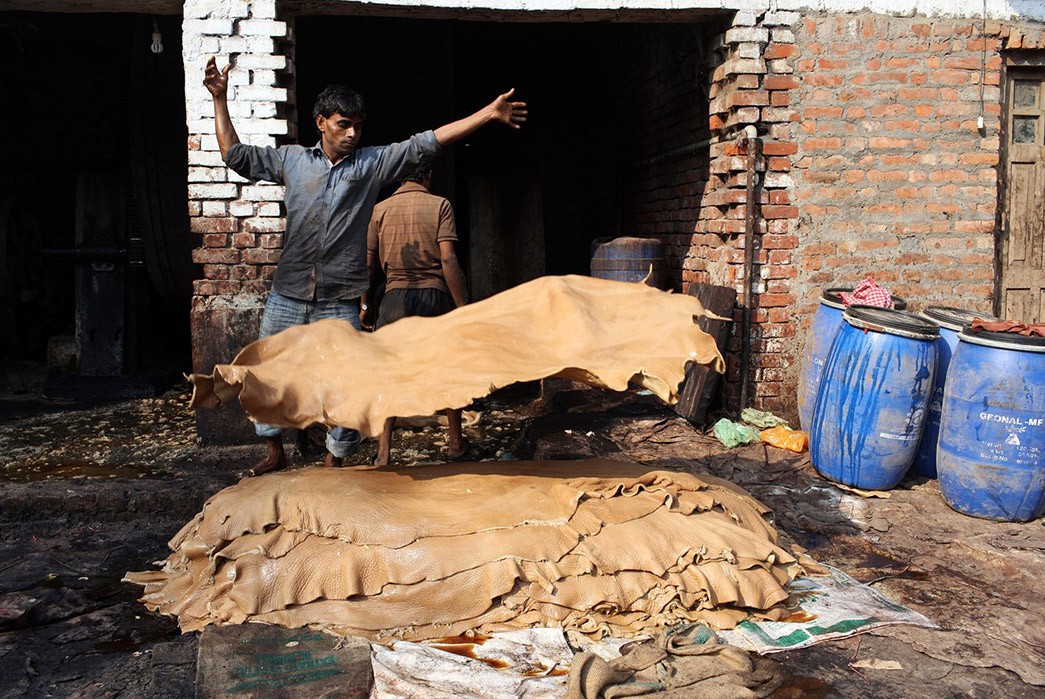
Image via The Pulitzer Center
These two terms are synonymous with saturating tanned leather with oils to keep the leather malleable. Without adding oils or tannins, the leather dries out, cracks, and isn’t as pliable as a freshly oiled hide. If you’ve ever seen a cracked piece of leather, you know what we’re talking about. Once oiled, leather typically doesn’t need much re-oiling unless it’s been exposed to water, heat, or other elements that can remove oil from the leather. So you don’t need to oil those boots every month, too much oil can make the leather extremely stretchy.
Waxed

Waxed leather. Image via EUCA.
Waxed leather (often characterized as ‘pull-up’ leather) has had oils, fats, and waxes applied to it, either on the surface grain to seal dyes, or saturated in the fibers to help keep the leather from drying out. Beeswax is often used to seal and finish leather, you can often tell if a leather has been waxed if it feels oily, shows a lighter shade when you ‘pull up’ on it, and if it easily leaves a mark when you scratch the grain.
Drum-dyed
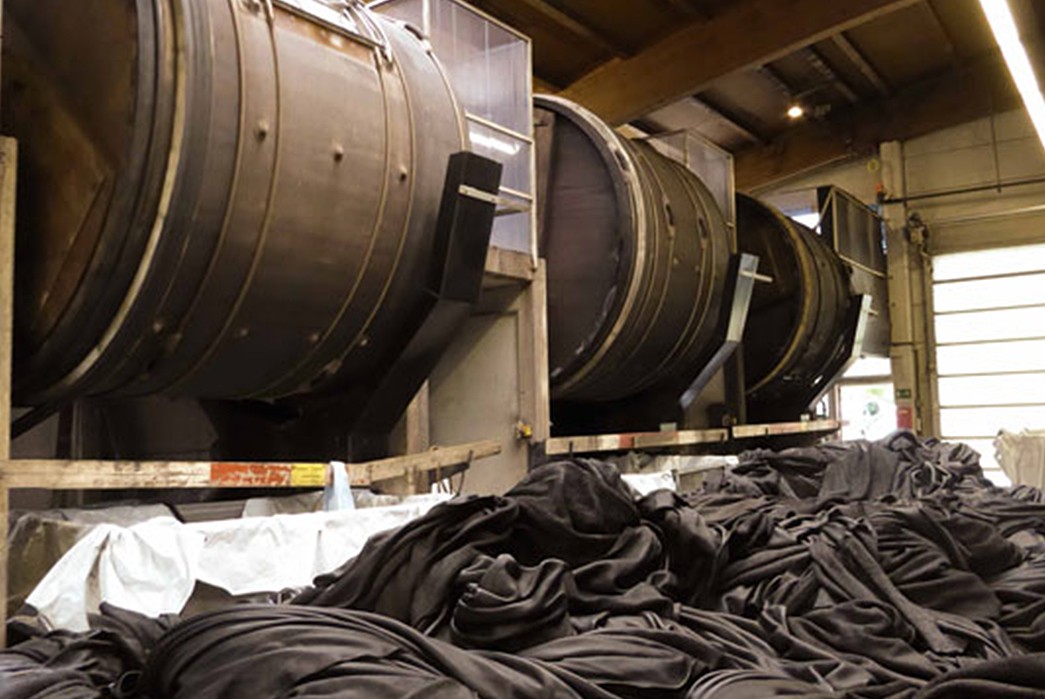
Image via The Leather Dictionary
Drum-dyeing is a technique that uses a moving drum to agitate the leather, in order for it to accept tannins and dyes more easily, and evenly. The drum spins, the leather is softened, it’s pores open and accept leather processing agents more easily. This is a very common technique employed by tanneries processing mass quantities of leather.
Hot Stuffed
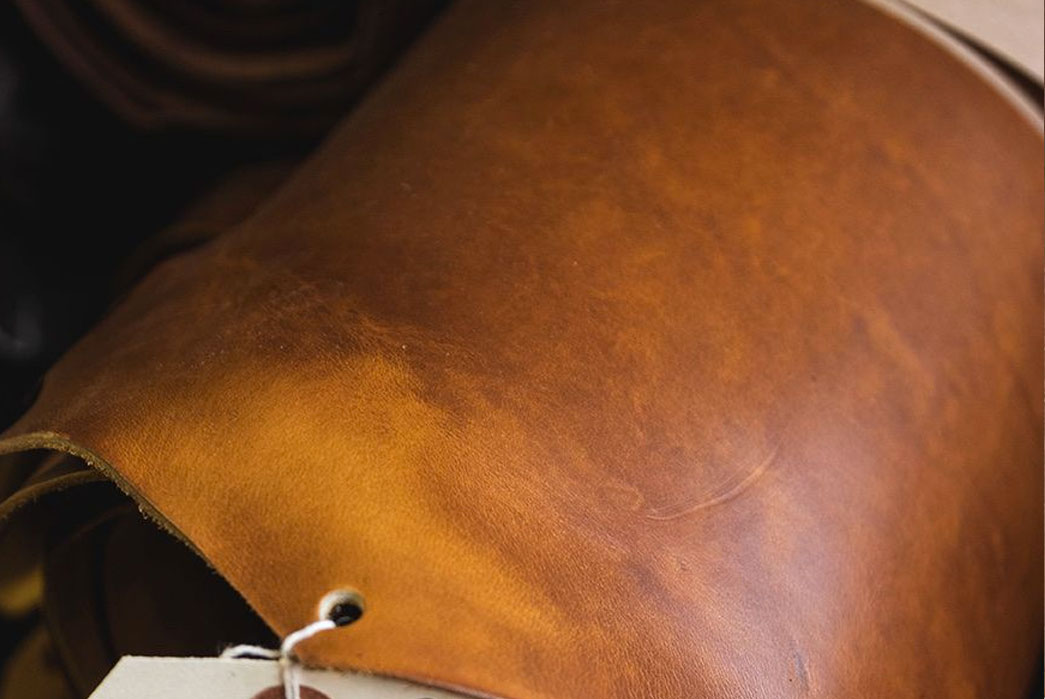
Hot stuffed Horween buccaneer leather. Image via Horween.
Hot-stuffing is when leather is treated with hot wax, oils, or other leather solutions- natural and chromium-based agents. The heat helps to penetrate or ‘stuff’ the leather full of waxes and oils to keep the leather soft in texture, from the moment the hot wax fully saturates the leather, to the moment it’s cured and ready to be cut into a saddle.
Are there any other leather terms that are leaving you glassy-eyed? Let us know in the comments and we’ll try to explain!

